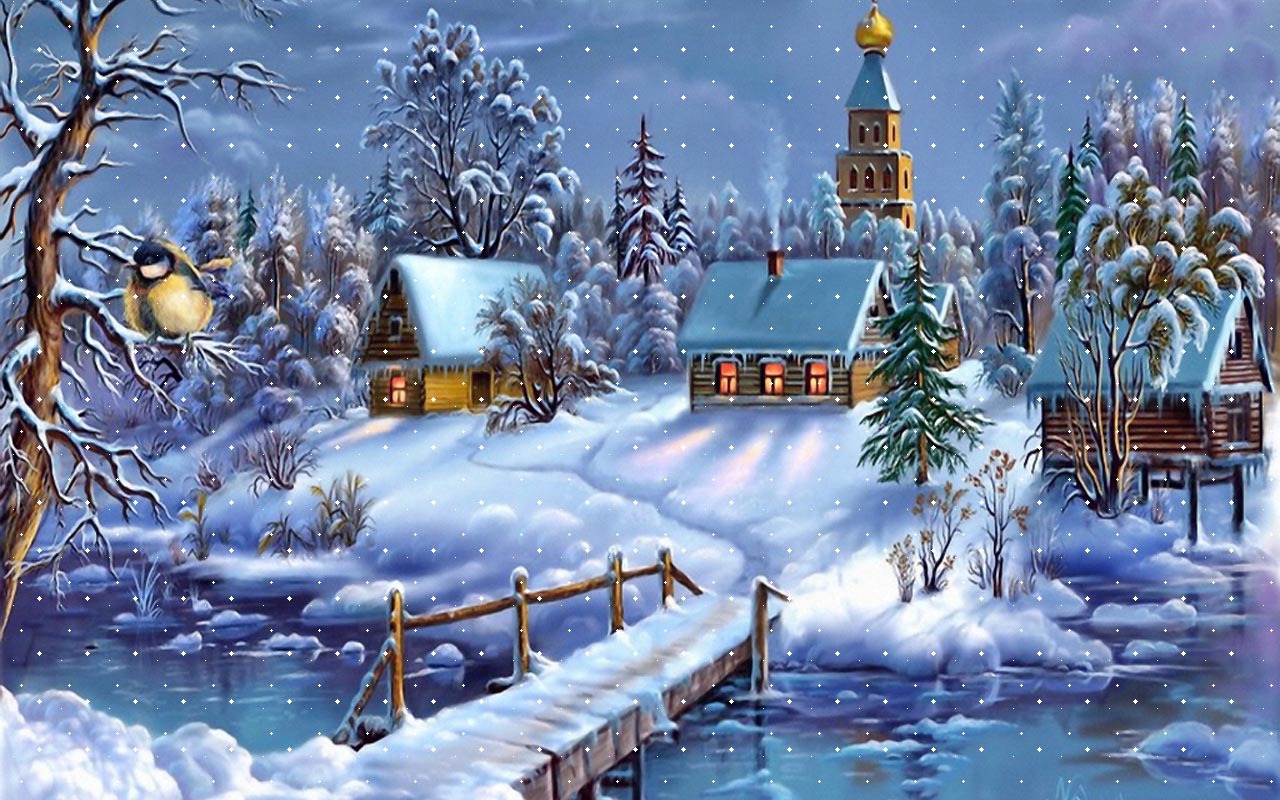According to the American Academy of Family Physicians, Seasonal Affective Disorder (SAD), also commonly referred to as winter depression, affects approximately 4-6% of the U.S. population. It is estimated that another 10-20% may suffer from a more mild form of the disorder called the "winter blues." It is hard to believe that a condition that only came to light in the public eye in the early 1980's is now affecting up to 30% of U.S. citizens. Rates are said to be even higher in other parts of the world, like northern Europe and Australia.
So, what exactly is SAD? Seasonal Affective Disorder was first named and defined by Dr. Norman Rosenthal and colleagues at the National Institute of Mental Health. In an article written for the Archives of General Psychiatry in 1984, Dr. Rosenthal defines SAD as a syndrome characterized by recurrent depressions that occur annually at the same time each year. Most people with SAD experience these symptoms at the onset of winter. As the days get colder and shorter, SAD sufferers deal with symptoms such as sadness and depression, lack of energy and fatigue, cravings for starches and sweets, difficulty concentrating, anxiety, and irritability.
The most popular and proven treatment for SAD is bright light therapy. As light enters the eyes and is registered by the brain, the chemical serotonin is released. Serotonin is a neurotransmitter that helps nerve cells work together. When light is diminished, due to the shortened winter days, serotonin levels can drop. For some people, this can result in a variety of symptoms including drastic changes in mood.
Further complications come from changes in melatonin levels. Melatonin is a hormone that is released at night and is believed to help regulate sleep. Naturally, as the daylight hours decrease during winter, more melatonin may be produced by the body causing lethargy and fatigue.
To overcome a decrease in serotonin and an increase in melatonin, the simple answer is to introduce more bright light. Sunlight is the best source of therapy, but what happens if you suffer from SAD and spend 8 or more hours a day in an office or cubical with little or no access to windows and daylight?
Two natural solutions are to add a SAD light therapy lamp to your environment and surround yourself with things of beauty. While these are no replacement for true sunlight, the lamp will help physically, and creating an area of beauty will help mentally. Both can lighten your mood and help manage the stress that leads to melancholy feelings.









No comments:
Post a Comment